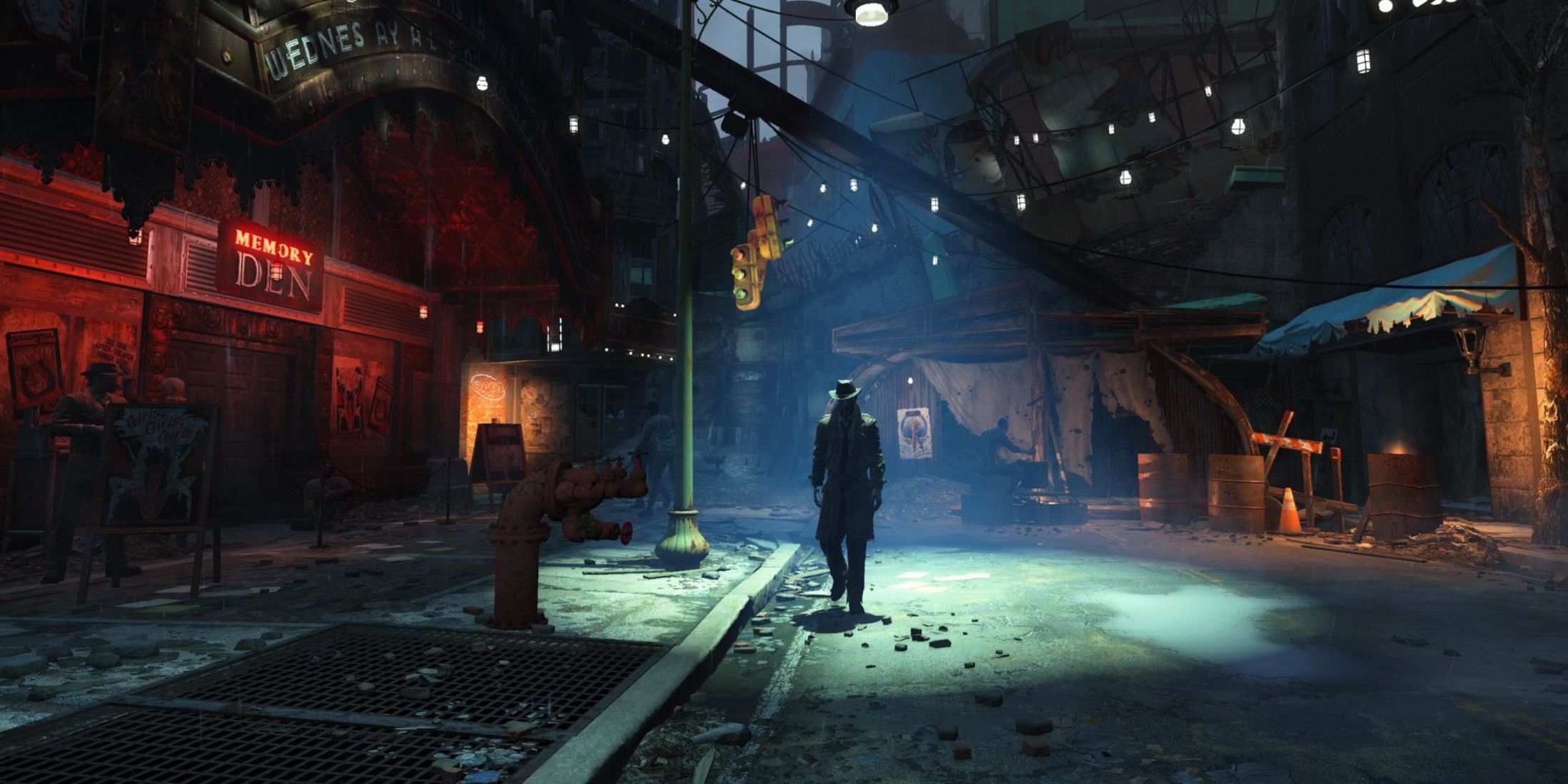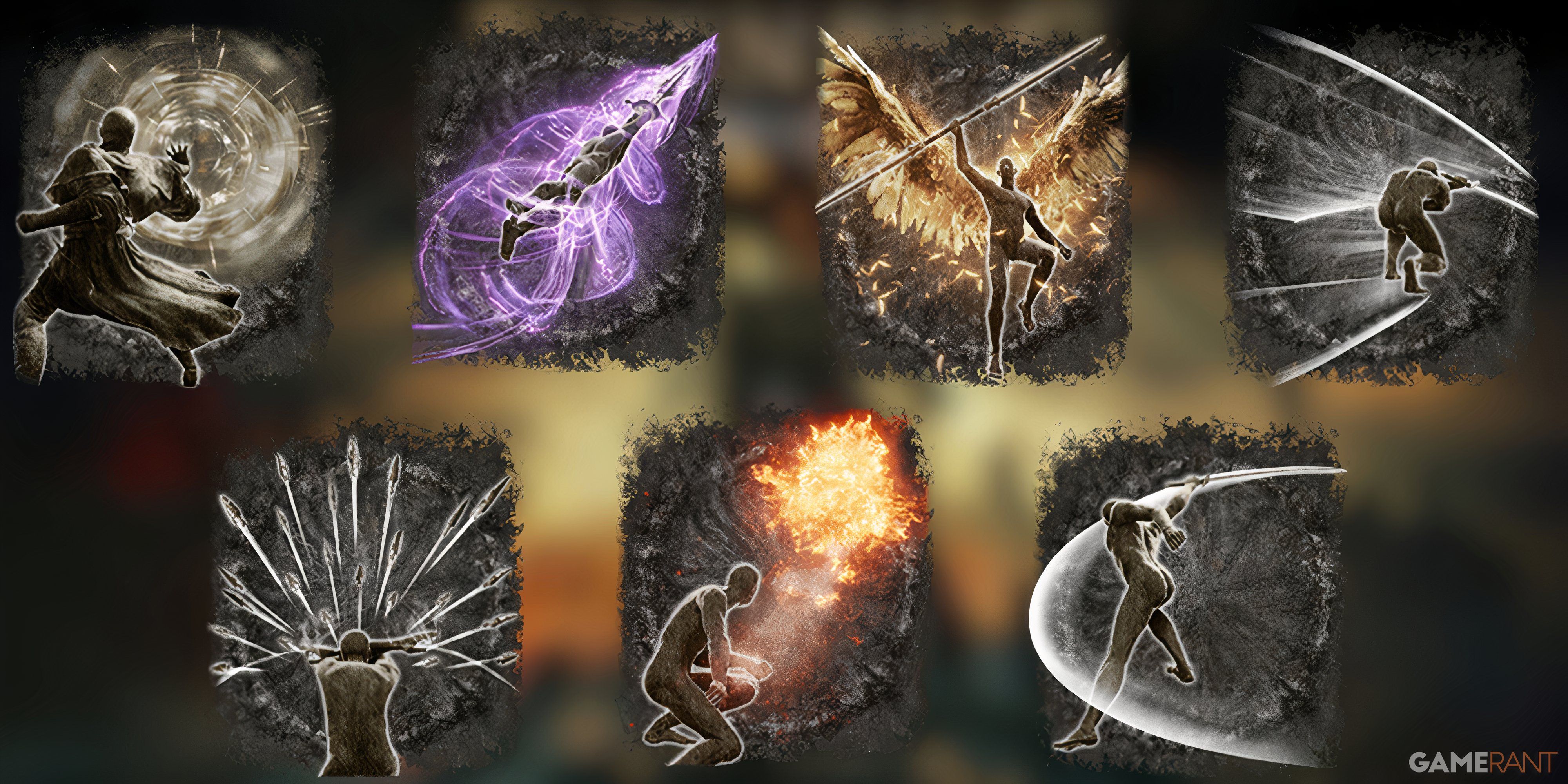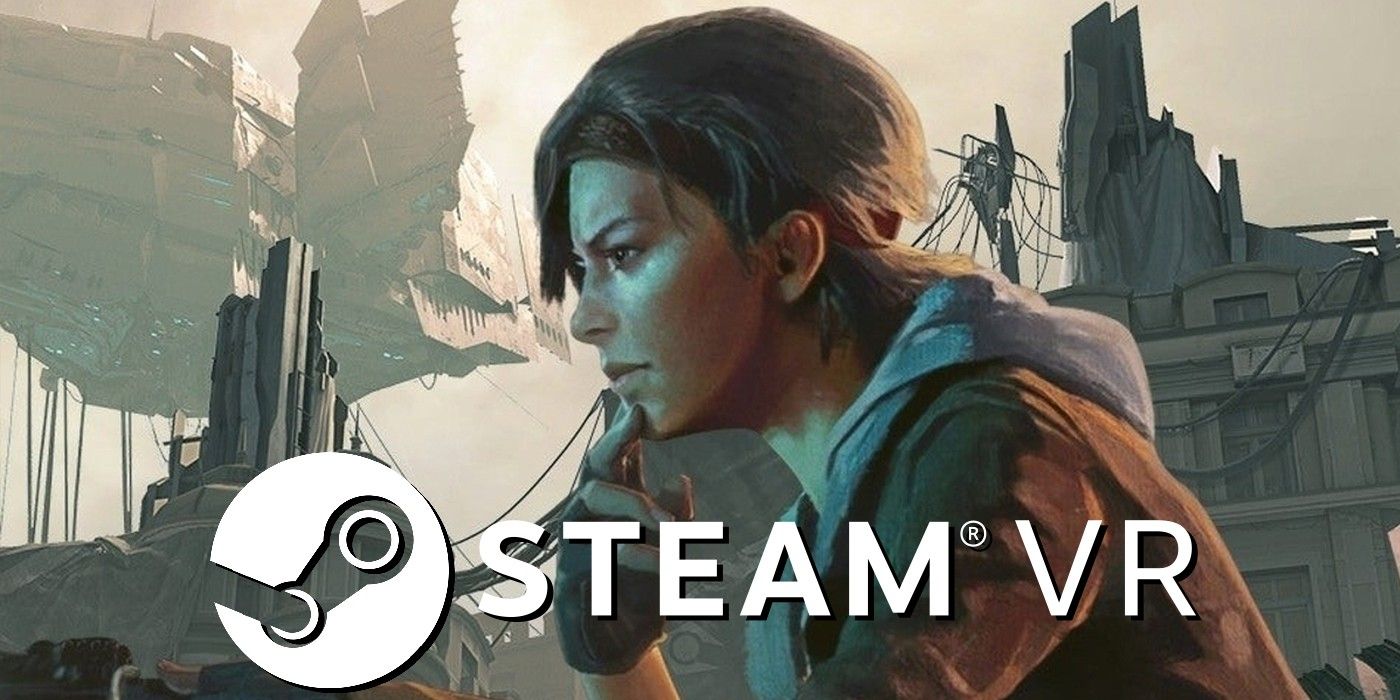Virtual reality gaming got a huge boost this year with the release of Half-Life: Alyx, the first new Half-Life game in over a decade and an impressive example of VR game design. With excitement over the game as high as it was, it’s no surprise that it led to a dramatic increase in the number of Steam VR users when it came out. However, it looks like that growth has proven unsustainable.
The launch of Half-Life: Alyx saw around one million users connecting VR headsets to Steam, bringing the overall VR population on the service to around 2.6 million. That the momentum it generated has dissipated in the months following the launch, as the results from last month’s Steam Hardware & Software Survey show.
While the rate of VR adoption has fallen back down to regular levels by the end of September, the number of active Steam VR users has remained consistent following the surge in people brought on by Half-Life: Alyx’s launch. There has been some fluctuation, as the surveys for previous months show the total percentage of people connecting VR headsets to Steam dropping to 1.67 percent in June and peaking at 1.93 percent in July, before winding up at 1.88 percent in September.
It makes sense that VR growth on Steam would begin to plateau without a steady stream of major Steam VR games to maintain player interest in virtual reality beyond Half-Life: Alyx. As critically-acclaimed as that game has been, it has become clear that it can’t grow the platform’s VR presence on its own.
Half-Life: Alyx is available for PC.
Source: Steam, Road to VR





